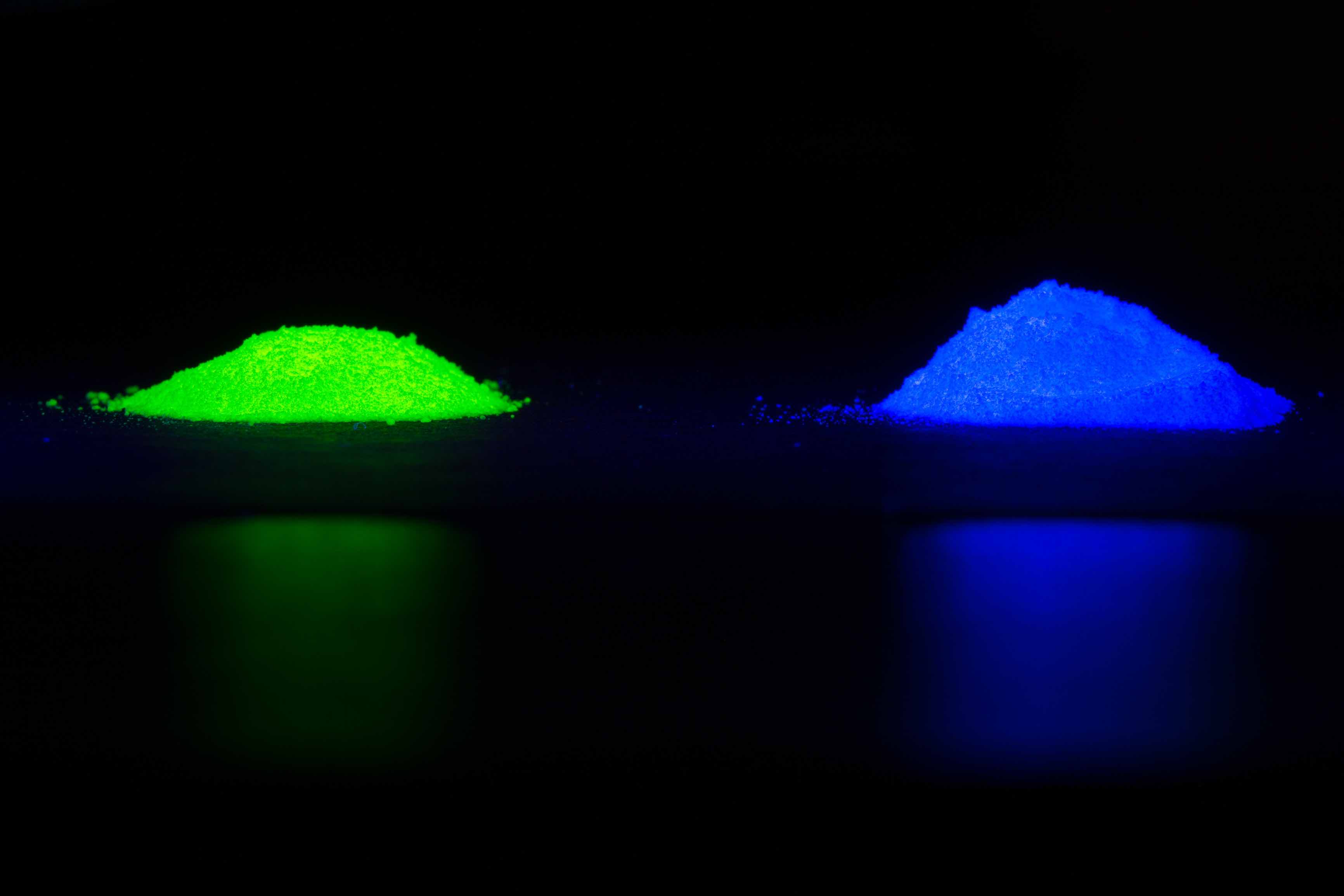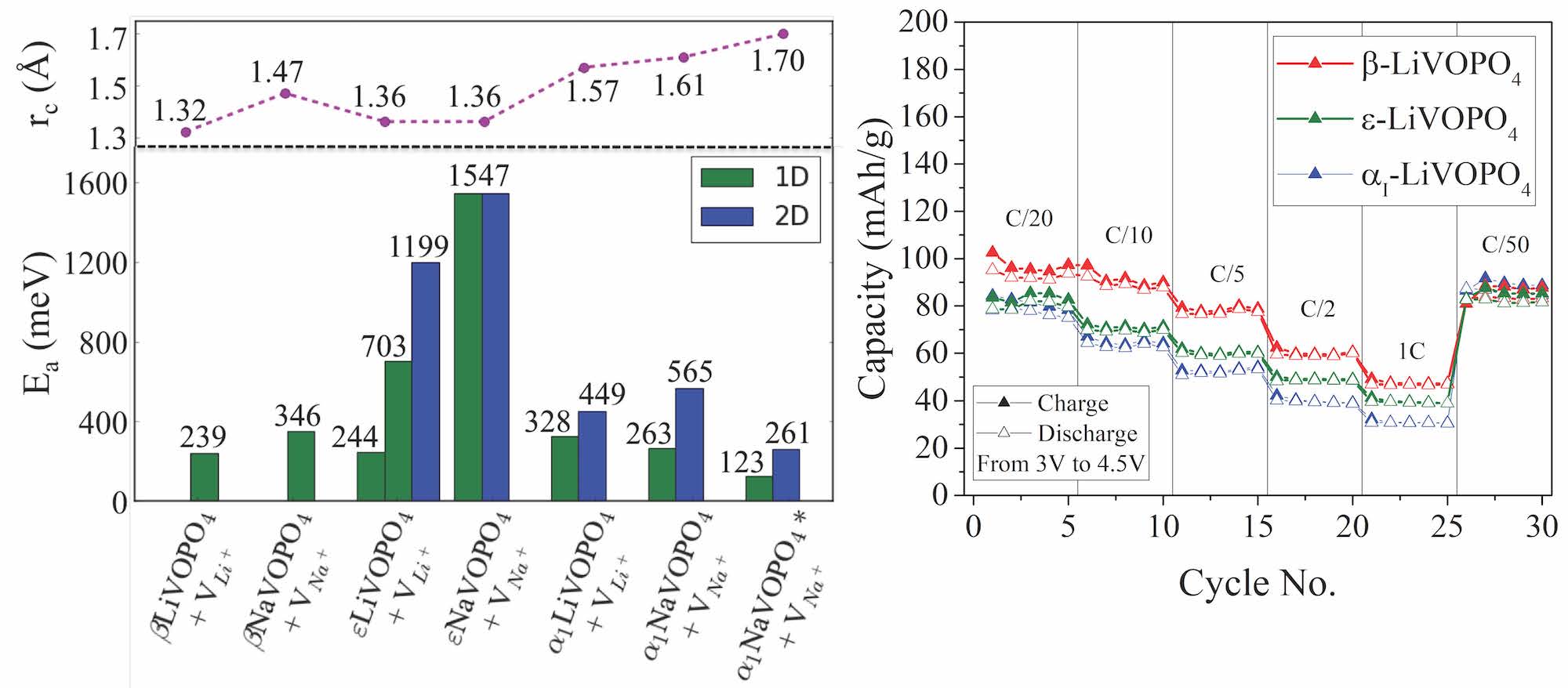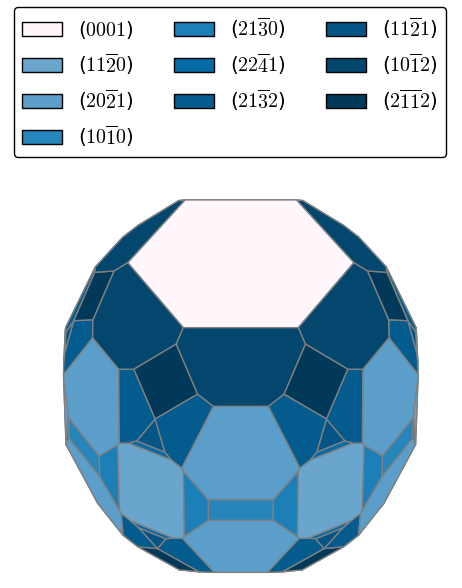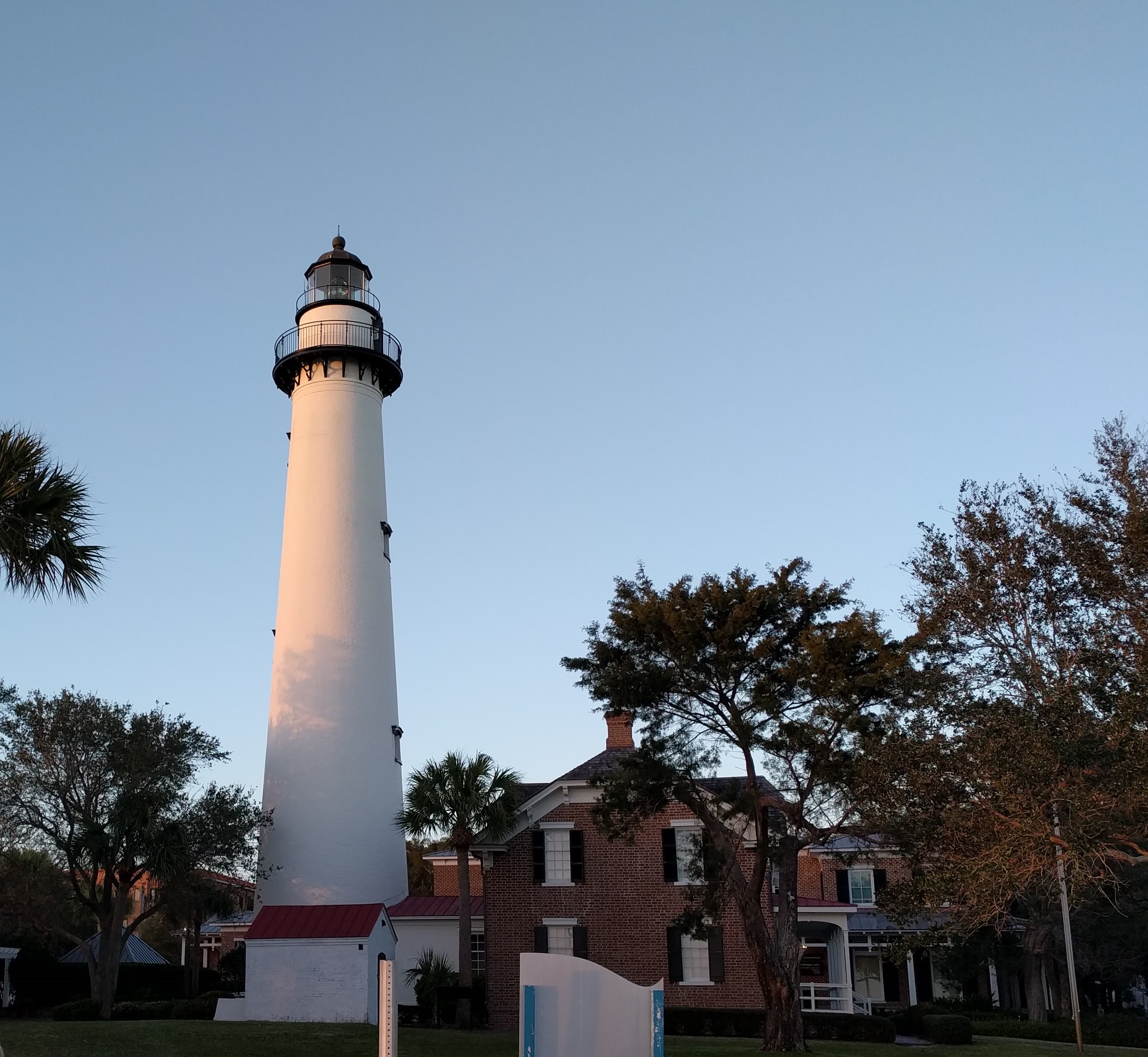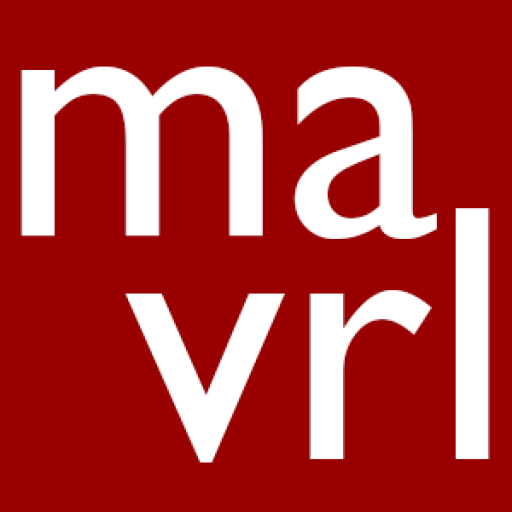Halide migration in Hybrid Organic-Inorganic Perovskites
Zhuoying Zhu is a proud co-author on a recent publication titled “Direct Observation of Halide Migration and its Effect on the Photoluminescence of Methylammonium Lead Bromide Perovskite Single Crystals” published in Advanced Materials. In this collaborative effort with the Fenning group@UCSD, halide ion migration and its corresponding effect on photoluminescence are observed in relation to changes in the applied electric field in single crystals of methylammonium lead bromide (CH3NH3PbBr3). Higher local Br concentrations is shown to be correlated with superior optoelectronic performance. Nudged elastic band calculations (Zhuoying’s contribution) show that lower barriers for vacancy migration in directions that contains a component along the C-N alignment axis, in good agreement with the experimental observations.

